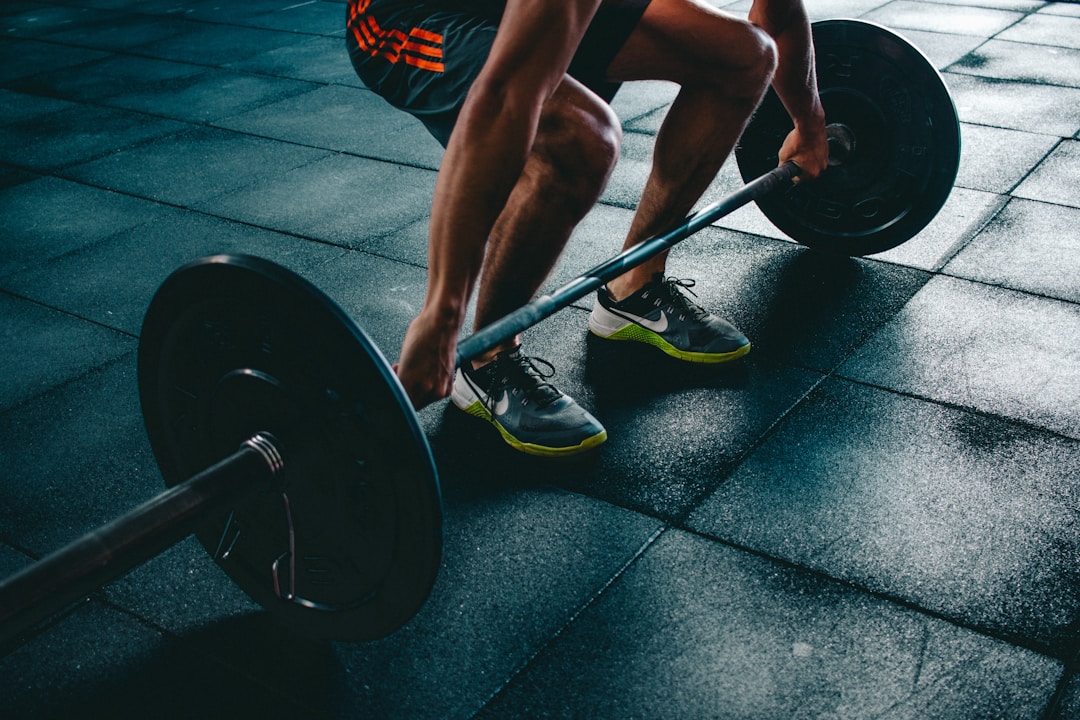How Protein Supplements Support Muscle Recovery and Growth
When it comes to building muscle and recovering from intense workouts, protein plays an indispensable role. It’s the building block of muscle repair and growth, which is why fitness enthusiasts and athletes often rely on protein to ensure they’re getting sufficient amounts. In this article, we delve into the science behind muscle recovery, explore the different types of protein powders, and outline strategies to maximize their use for your fitness goals.
Understanding Muscle Recovery and Growth Fundamentals

Building muscle and recovering from workouts is a complex process that involves more than just lifting weights. Muscles grow when the rate of protein synthesis surpasses the rate of protein breakdown in the muscle fibers. This anabolic state can only be achieved when the body has adequate rest and the nutrients needed to repair the micro-tears incurred during exercise.
Recovery, therefore, is not just about resting but also about refueling. The proteins and amino acids you consume act as the raw materials for muscle repair. With the right nutrition, the body can effectively repair and strengthen muscle tissue, leading to growth over time.
The quality of protein that you consume is as important as the quantity. Complete proteins, which contain all essential amino acids, are particularly effective in muscle synthesis. As a high-quality, plant-based option, Sunwarrior Active Protein falls into this category, making it a beneficial tool for muscle repair and ensuring a comprehensive amino acid profile.
The Role of Protein in Muscle Repair Post-Workout
Exercises, particularly resistance training, damage muscle fibers at a microscopic level. The body’s natural response is to repair and reinforce these fibers, making them stronger and often larger. Protein is critical in this repair process because it supplies the body with amino acids, the building blocks of muscle tissue.
After working out, the body is in a state where it can absorb and utilize nutrients more efficiently, a phenomenon known as the “anabolic window.” Protein consumed during this time can be quickly put to work to start the repair process. Thus, many gym-goers consume protein shakes post-exercise to quickly supply their muscles with the necessary nutrients.
While whole food sources of protein are ideal for the body, they may not be as convenient or readily absorbed as protein powders. Supplements such as whey protein are processed by the body faster, quickly kick-starting muscle repair and growth that is critical post-workout.
Different Types of Protein Powders and Effectiveness in Muscle Building

Not all protein powders are created equal, and each type has unique properties that may make it more suitable for different fitness goals. Whey protein is perhaps the most popular, known for its fast absorption and high biological value, which measures how efficiently the body can utilize the protein consumed.
Casein protein, on the other hand, is digested more slowly, providing a steady release of amino acids. This makes it ideal for consumption before periods of fasting, like before sleep, to aid muscle recovery overnight. Plant-based proteins, which include pea, rice, and hemp protein, are excellent alternatives for those with dietary restrictions or allergies.
The debate on the effectiveness of these proteins often hinges on their amino acid profiles and digestibility. While animal-based proteins are generally complete, some plant proteins are not—requiring combination with other sources to provide all essential amino acids. However, newer formulations, like pea and brown rice protein blends, offer complete amino acid profiles.
Overall, protein supplements are a powerful tool for enhancing muscle recovery and growth when used properly. By understanding the body’s needs post-exercise, choosing the right type and timing of supplementation, and combining that with smart training strategies, individuals can maximize the potential for improved strength and performance.





